#Java Hosting
Explore tagged Tumblr posts
Text
Unleash the Power of Java Hosting: Secure, Scalable, and Reliable
Java has long been a popular choice for developers when it comes to building enterprise, mobile, and web-based applications. However, hosting these Java-powered projects can be a challenge. That’s where KLCWEB’s cutting-edge Java hosting services come in. With unparalleled speed, security, and support, KLCWEB offers a secure, scalable, and reliable experience for your Java applications. In this…

View On WordPress
0 notes
Text

Improve Your Java Projects with Hosting Home's Java VPS Servers
With Hosting Home’s Java VPS servers, your Java applications get the speed and reliability they deserve. Enjoy top-tier performance, robust security, and expert support tailored for your success.
#java vps#vps java hosting#java hosting vps#vps hosting java#vps java#best vps hosting for java#best java servers#best java web server#tomcat server in java#java server
2 notes
·
View notes
Text
The 5 Best Java VPS in the World.
Los 5 Mejores VPS Para Java del Mundo.

#software development#web development#100daysofcode#web developers#developerlife#developers#devs#worldcode#developers & startups#backenddevelopment#vps#vps hosting#vps server hosting#java
1 note
·
View note
Text
the father has given me an idea
#mizu nonsense#what if *I* hosted a minecraft server#well#there are plugins that can make it so java and bedrock can play together#that might be fun
1 note
·
View note
Text
Unraveling the 5 Layers of Software Development
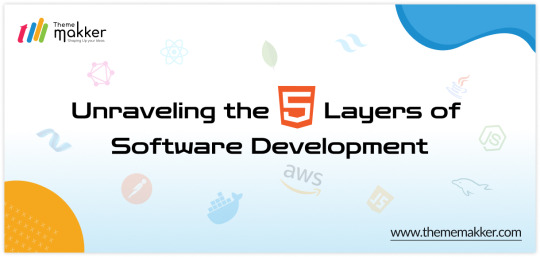
In the realm of software development services, every application is built upon a foundation of interconnected layers, each serving a specific purpose in delivering functionality to end-users. Understanding these layers and the technologies that power them is crucial for developers aiming to create robust and efficient software solutions. In this blog, we'll explore the five key layers of software architecture: User Interface (UI), Application Programming Interface (API), Database (DB), Business Logic, and Hosting, along with examples of technologies commonly used in each layer.
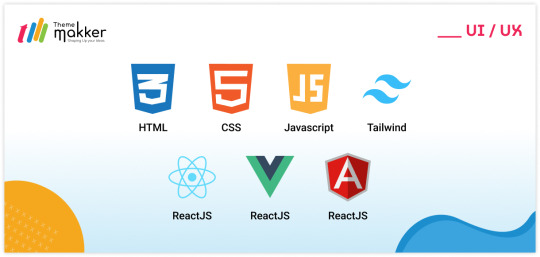
User Interface (UI): The UI layer is what users interact with directly. It encompasses everything from the visual design to the user experience (UX). Technologies used in this layer focus on creating intuitive, responsive, and aesthetically pleasing interfaces. Some popular UI Design technologies include:
HTML/CSS/JavaScript: These front-end technologies form the backbone of web-based UIs. HTML defines the structure, CSS styles the elements, and JavaScript adds interactivity.
React.js/Vue.js/Angular: These JavaScript frameworks are used to build dynamic and interactive user interfaces for web applications.
Swift/Kotlin: For mobile application development, languages like Swift (for iOS) and Kotlin (for Android) are used to develop native user interfaces.
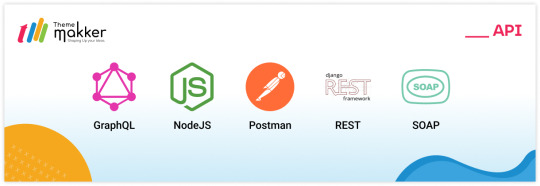
Application Programming Interface (API): The API layer acts as an intermediary between the UI and the business logic, enabling communication and data exchange. APIs define the endpoints and protocols through which different software components interact. Common technologies used in API development services include:
RESTful APIs: Representational State Transfer (REST) is a popular architectural style for designing networked applications. RESTful APIs use HTTP methods like GET, POST, PUT, and DELETE to perform operations on resources.
GraphQL: An alternative to REST, GraphQL provides a more flexible and efficient approach to querying and manipulating data. It allows clients to request only the data they need, reducing over-fetching and under-fetching.
Express.js/Django/Rails: Frameworks like Express.js (for Node.js), Django (for Python), and Rails (for Ruby) are commonly used to build web APIs quickly and efficiently.
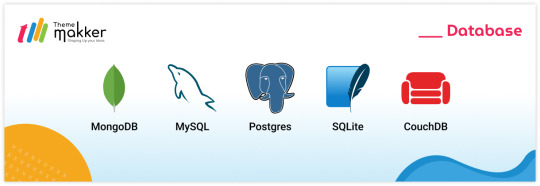
Database (DB): The database layer is responsible for storing, retrieving, and managing data. It provides a persistent storage solution for an application's information. Various types of databases exist, including relational databases, NoSQL databases, and in-memory databases. Some popular database technologies include:
MySQL/PostgreSQL: Relational database management systems (RDBMS) like MySQL and PostgreSQL are widely used for structured data storage and management.
MongoDB: A popular NoSQL database, MongoDB is designed for storing unstructured or semi-structured data in JSON-like documents.
Redis: An in-memory data structure store, Redis is often used as a caching layer or for real-time data processing.
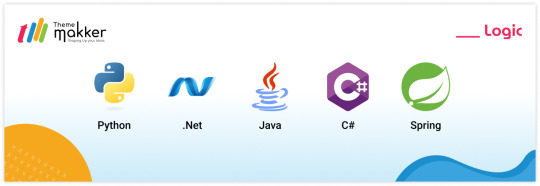
Business Logic: The business logic layer contains the application's core functionality and rules. It processes requests from the UI, interacts with the database, and performs the necessary operations to fulfill user actions. While business logic can be implemented in various programming languages, some technologies commonly used for this layer include:
Java/C#: Object-oriented languages like Java and C# are often chosen for building robust and scalable business logic components.
Node.js/Python: JavaScript (with Node.js) and Python are also popular choices, especially for applications requiring agility and rapid development.
Spring/.NET Core: Frameworks like Spring (for Java) and .NET Core (for C#) provide tools and libraries for building enterprise-grade business logic components.
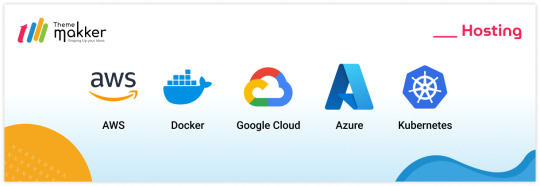
Hosting: The hosting layer encompasses the infrastructure and environment where the application runs. It includes servers, cloud platforms, containers, and other deployment options. Popular hosting technologies and platforms include:
Amazon Web Services (AWS)/Microsoft Azure/Google Cloud Platform (GCP): These cloud service providers offer a range of hosting solutions, including virtual machines, containers, and serverless computing.
Docker/Kubernetes: Containerization technologies like Docker and orchestration platforms like Kubernetes provide efficient ways to package, deploy, and manage applications across different environments.
Heroku/Netlify/Vercel: These platforms offer simplified hosting solutions specifically tailored for web applications, providing features like continuous deployment, scalability, and managed infrastructure.
In conclusion, navigating the various layers of software architecture requires a comprehensive understanding of each layer's purpose and the technologies that power them. By leveraging the right technologies for UI, API, DB, logic, and hosting, developers can build robust, scalable, and maintainable software solutions that meet the needs of modern users and businesses.
#webdesign#mobileappdevelopment#appdevelopment#web developers#webdevelopment#youtube#apiintegration#thememakker#webdevelopmentcompany#hosting#database#serverless computing#api#uiuxdesign#ui#ux#aws#ror#docker#java#kubernetes#hire developers#webservices
0 notes
Text

The Mossy Grove Minecraft Server! themossygrove.net - a whitelisted LGBTQ+ server

We are a Vanilla+ small community server, looking for new members! Must be at least 16 and up to join! •We are currently on 1.21.5! •We are crossplay, Java/Bedrock •We have a player run economy, a very active but small community, and in game hosted events! •Player shops are built by the players! •Our server map is 15k by 15k chunks, and does not reset! You do not have to worry about losing your base to a closed or reset server! •We have the ability to roll back individual players. Never worry about your bases being griefed!

Want to join??? Whitelist on our discord!!
#lgbt#lgbtq#lgbtq community#minecraft#lgbtqia#minecraft server#minecraft smp#minecraft lgbt#minecraft lgbtq#lgbt minecraft#lgbtq minecraft#pride#minecraft pride
584 notes
·
View notes